Understanding the Benefits of Split Heating and Cooling Systems for Home Comfort
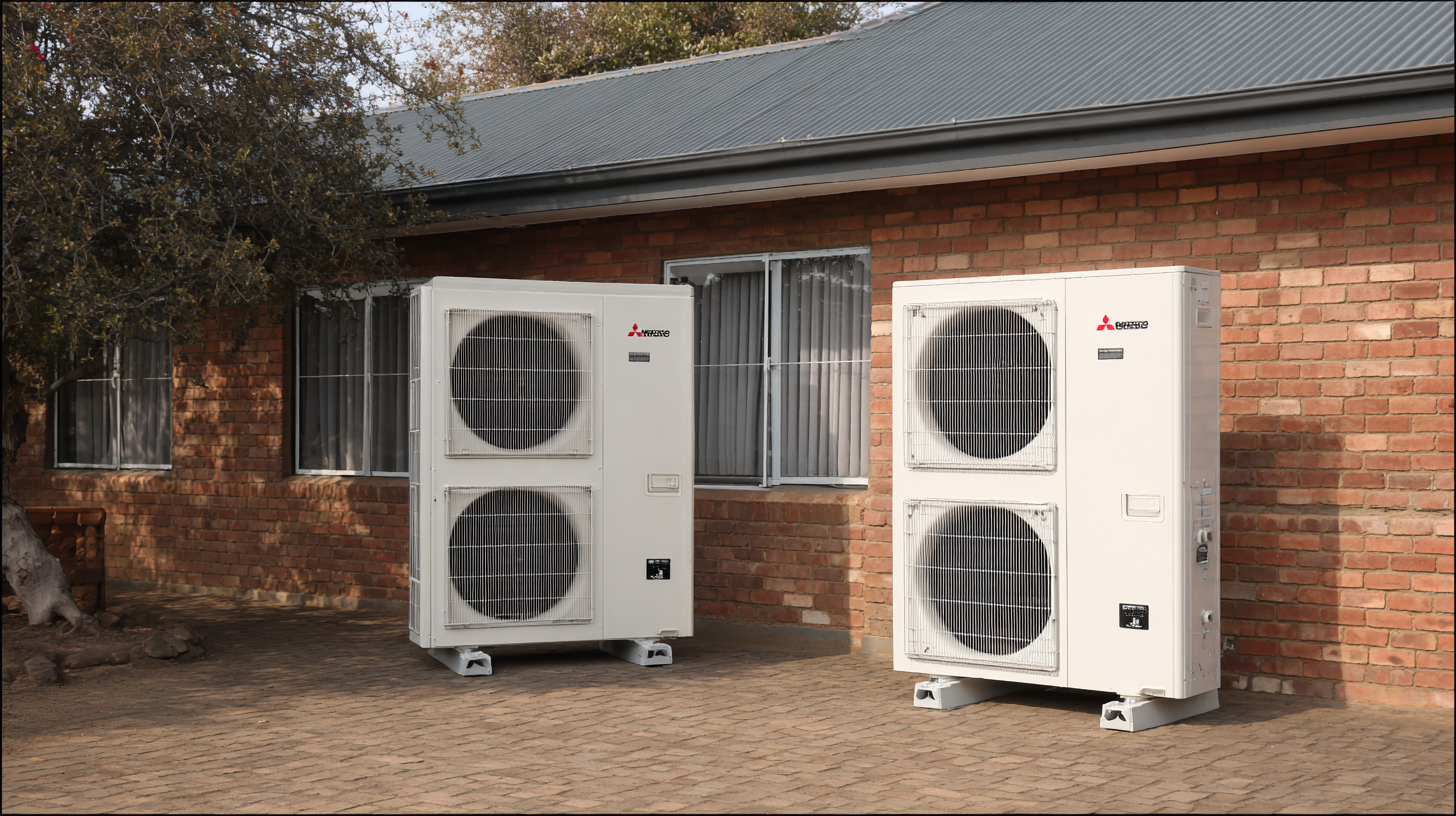 Split heating and cooling systems have gained popularity in the HVAC industry due to their efficiency, flexibility, and comfort. According to the U.S. Department of Energy, heating and cooling account for nearly half of the energy consumption in a typical home, making it imperative for homeowners to seek effective solutions to manage this cost. The advantages of split systems lie in their ability to provide targeted heating and cooling, leading to improved thermal comfort while minimizing energy waste.
A report from the American Society of Heating, Refrigerating and Air-Conditioning Engineers indicates that homes equipped with split heating and cooling systems can experience energy savings of up to 30% compared to traditional HVAC systems. As we delve into the benefits and practicalities of these systems, we will explore how they not only enhance home comfort but also contribute to sustainability and cost-efficiency in energy usage.
Split heating and cooling systems have gained popularity in the HVAC industry due to their efficiency, flexibility, and comfort. According to the U.S. Department of Energy, heating and cooling account for nearly half of the energy consumption in a typical home, making it imperative for homeowners to seek effective solutions to manage this cost. The advantages of split systems lie in their ability to provide targeted heating and cooling, leading to improved thermal comfort while minimizing energy waste.
A report from the American Society of Heating, Refrigerating and Air-Conditioning Engineers indicates that homes equipped with split heating and cooling systems can experience energy savings of up to 30% compared to traditional HVAC systems. As we delve into the benefits and practicalities of these systems, we will explore how they not only enhance home comfort but also contribute to sustainability and cost-efficiency in energy usage.
Types of Split Heating and Cooling Systems Available for Home Use
Split heating and cooling systems, particularly mini-splits, are becoming increasingly popular for home comfort due to their flexibility and efficiency. These systems consist of an outdoor unit and one or more indoor units, allowing for customized temperature control in different areas of the home. The ability to adjust settings on a room-by-room basis not only enhances comfort but also contributes to energy savings, as you only heat or cool the rooms that are in use.
When considering a split system for your home, it's important to evaluate the various types available. Wall-mounted units are commonly chosen for their unobtrusive design, while ceiling-mounted units offer a sleek, minimalist appearance. There are also floor-mounted systems that blend seamlessly into the room’s decor. Additionally, multi-zone systems are ideal for larger homes, permitting the control of separate temperatures in multiple areas.
**Tips:** When selecting a split heating and cooling system, consider the layout of your home and the specific climate needs of each room. It's also advisable to consult with a professional to determine the appropriate size and placement of the units for optimal performance and efficiency. Regular maintenance, including cleaning filters and checking refrigerant levels, can significantly prolong the lifespan of your system and maintain its efficiency.
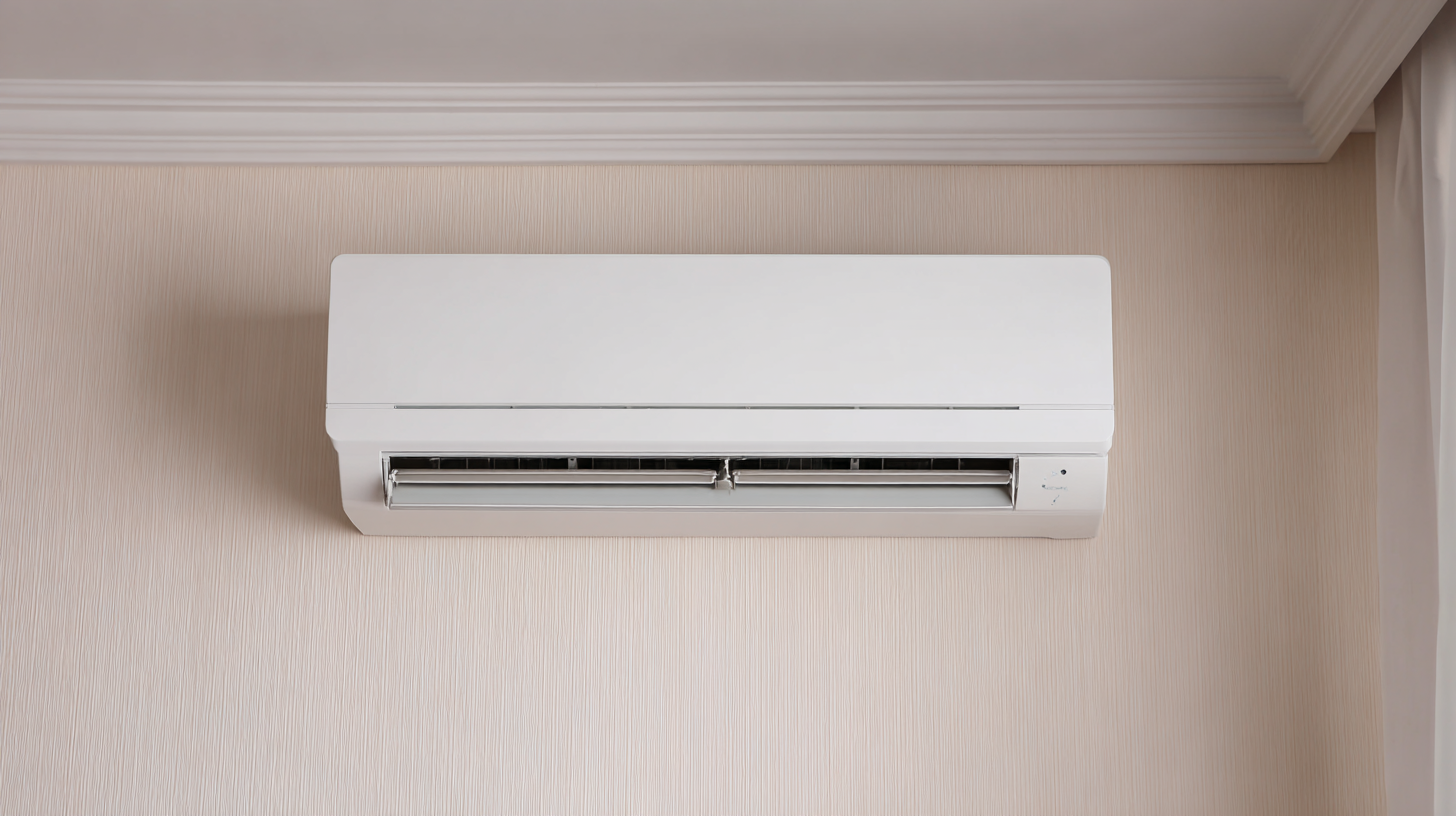
Key Advantages of Using Split Systems for Home Comfort
Split heating and cooling systems offer significant advantages for enhancing home comfort. One of the primary benefits is the ability to control the temperature in individual rooms. Unlike central systems, which maintain a uniform temperature throughout the house, split systems allow homeowners to customize settings based on personal preferences. This zoning capability ensures that every occupant can enjoy their desired comfort level, leading to increased satisfaction and energy efficiency.
Another key advantage of split systems is their quiet operation. Traditional HVAC units can generate considerable noise, but split systems use an outdoor compressor unit that operates silently while interior units maintain a peaceful ambiance. This feature makes split systems particularly appealing for bedrooms or home offices, where a tranquil environment is essential. Furthermore, these systems typically have higher SEER (Seasonal Energy Efficiency Ratio) ratings, which translates to lower energy bills and a smaller environmental footprint, aligning comfort with sustainability.
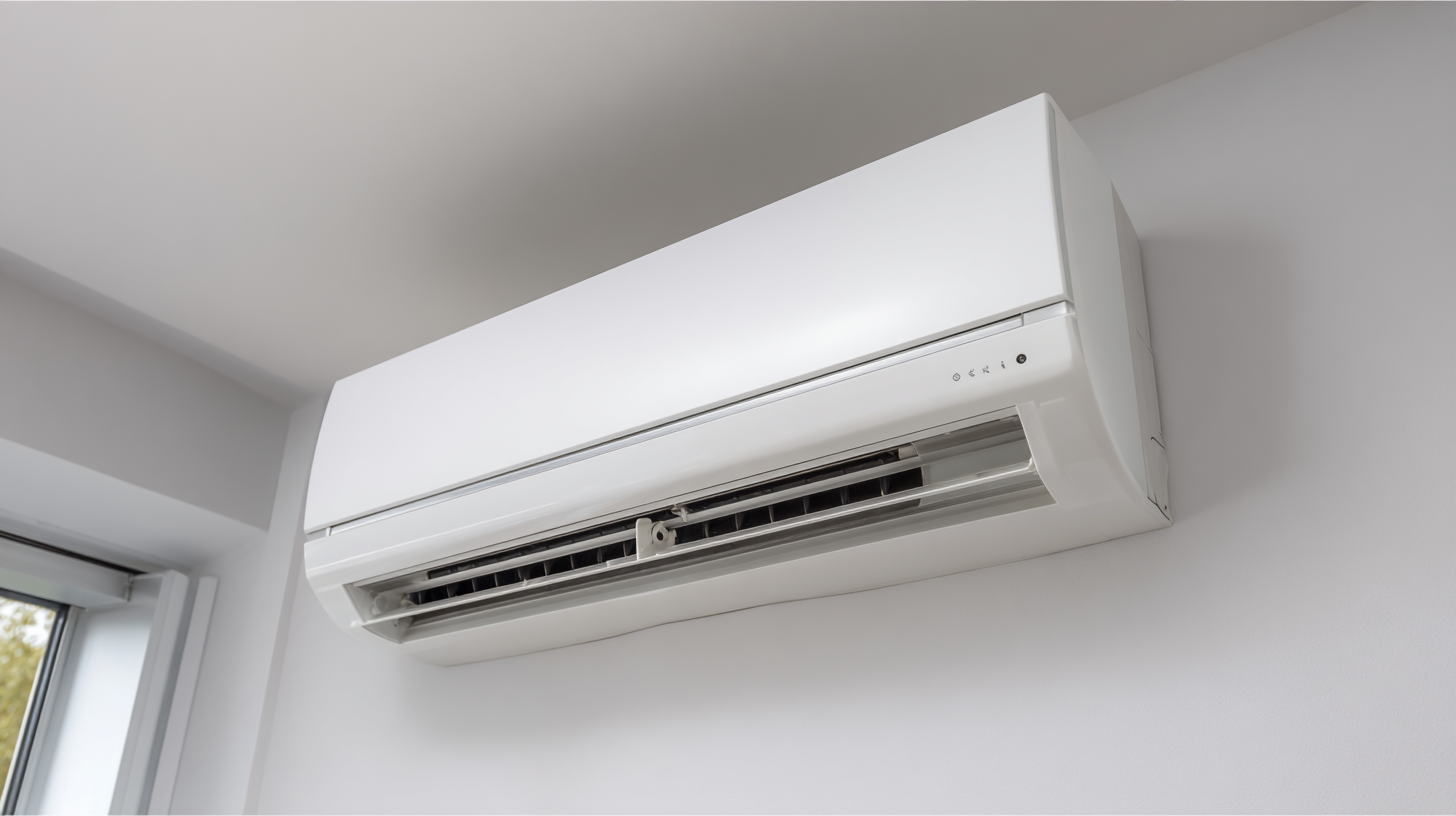
Comparison of Split Systems with Traditional HVAC Solutions
When comparing split heating and cooling systems to traditional HVAC solutions, several key factors highlight the advantages of split systems. According to the U.S. Department of Energy, ductless mini-split systems can deliver energy savings of up to 30% compared to conventional heating and cooling. This efficiency stems from the lack of ductwork, which can often lead to energy losses of about 20-30% in traditional systems. By directing conditioned air right where it’s needed, split systems ensure a more consistent temperature throughout the home without the energy waste associated with ducts.
One significant benefit of split systems is their zoned heating and cooling capabilities. Homeowners can control the temperature in individual rooms, providing customized comfort and further enhancing energy savings. A report from the American Council for an Energy-Efficient Economy (ACEEE) emphasizes that homeowners with zoned systems can expect to save significant energy costs over time, especially in larger homes or those with varying usage patterns in different areas.
Tips: When considering a split system, evaluate the specific needs of your home. Ensure that the units you select have the appropriate BTU capacity for the rooms they're designed to cool or heat. Additionally, regular maintenance, such as cleaning filters and scheduling annual inspections, can optimize performance and prolong the lifespan of your system.
Energy Efficiency and Cost Savings of Split Heating and Cooling Systems
Split heating and cooling systems offer significant energy efficiency and cost savings for homeowners seeking optimal comfort. Unlike traditional HVAC systems, these systems use separate indoor and outdoor units, allowing for targeted temperature control in different areas of the home. This zoning capability means you can heat or cool only the rooms that are in use, reducing energy consumption and lowering utility bills. The ability to set different temperatures for various spaces ensures that energy is not wasted on unoccupied rooms, making these systems particularly efficient.
In addition to their zoning capabilities, split systems often utilize inverter technology, which allows the compressor to adjust its speed based on the current temperature. This not only minimizes energy usage compared to conventional systems, which cycle on and off, but also improves the overall lifespan of the units. Homeowners often see a significant reduction in energy costs over time, making split heating and cooling systems a smart investment for both comfort and financial savings. The combination of efficiency, flexibility, and cost-effectiveness positions these systems as an appealing choice for modern homes.
Energy Efficiency and Cost Savings of Split Heating and Cooling Systems
Considerations for Selecting the Right Split System for Your Home
When considering a split heating and cooling system for your home, it's essential to evaluate various factors to ensure optimal comfort and efficiency. The versatility of split systems allows homeowners to control the temperature of individual rooms, making it easier to maintain a comfortable environment throughout the seasons. When selecting the right unit, consider factors such as the size of your space, the system’s energy efficiency, and the noise levels associated with different models.
Tips:
1. **Assess Your Space**: Measure the area you wish to cool or heat. A properly sized unit can improve energy efficiency and comfort.
2. **Energy Efficiency**: Look for systems with high Energy Efficiency Ratio (EER) or Seasonal Energy Efficiency Ratio (SEER) ratings, which indicate lower operating costs.
Additionally, don’t overlook the importance of installation and maintenance. Professional installation can ensure that the system operates efficiently and effectively, while regular maintenance checks can keep your system running smoothly year-round. Researching various models can help you find a reliable system that fits your needs and budget.
Understanding the Benefits of Split Heating and Cooling Systems for Home Comfort
| Feature | Description | Benefits | Considerations |
|---|---|---|---|
| Energy Efficiency | Split systems use inverter technology to provide variable speed cooling and heating. | Lower energy bills and reduced environmental impact. | Initial investment may be higher, but savings accumulate over time. |
| Zone Control | Allows for temperature control in different areas of a home independently. | Enhanced comfort and personalized temperature settings. | Requires proper assessment of space and unit placement. |
| Quiet Operation | Outdoor units are designed to operate at lower noise levels. | Greater peace at home, conducive to relaxation and productivity. | Installation location can affect noise levels; professional installation recommended. |
| Air Quality | Many units come with advanced filtration systems to remove allergens and pollutants. | Improved health and comfort through cleaner air. | Regular maintenance and filter changes are crucial for optimal performance. |
| Aesthetic Appeal | Wall-mounted units are less obtrusive and come in various styles. | Options to complement home decor while providing essential climate control. | Select models that align with your home’s interior design. |
Related Posts
-

Maximize Your AC Efficiency with Expert Tune Up Service for Comfortable Living
-
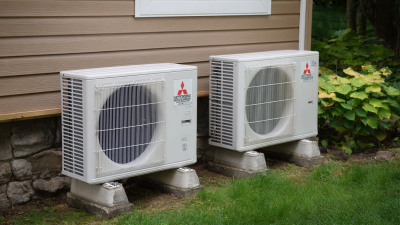
Exploring the Efficiency of Ductless Heating and Cooling Units: A Comprehensive Guide to Energy Savings and Comfort
-
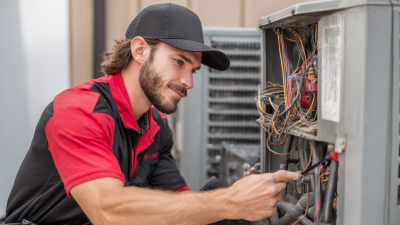
Maximize Efficiency with Regular Air Conditioner Tune Ups Proven Benefits and Savings You Might Be Missing
-
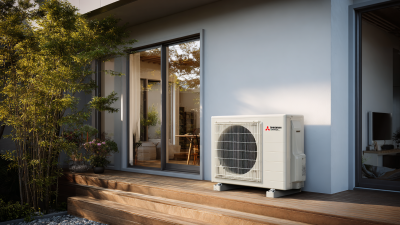
Discover How Ductless Heat Pumps Can Transform Your Home's Energy Efficiency
-
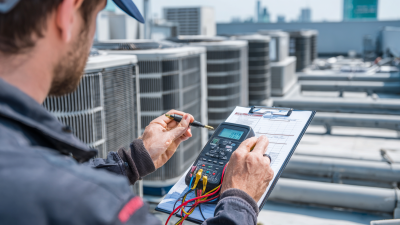
Maximize Your Comfort: The Ultimate Guide to Expert AC Tune-Ups You Can't Miss!